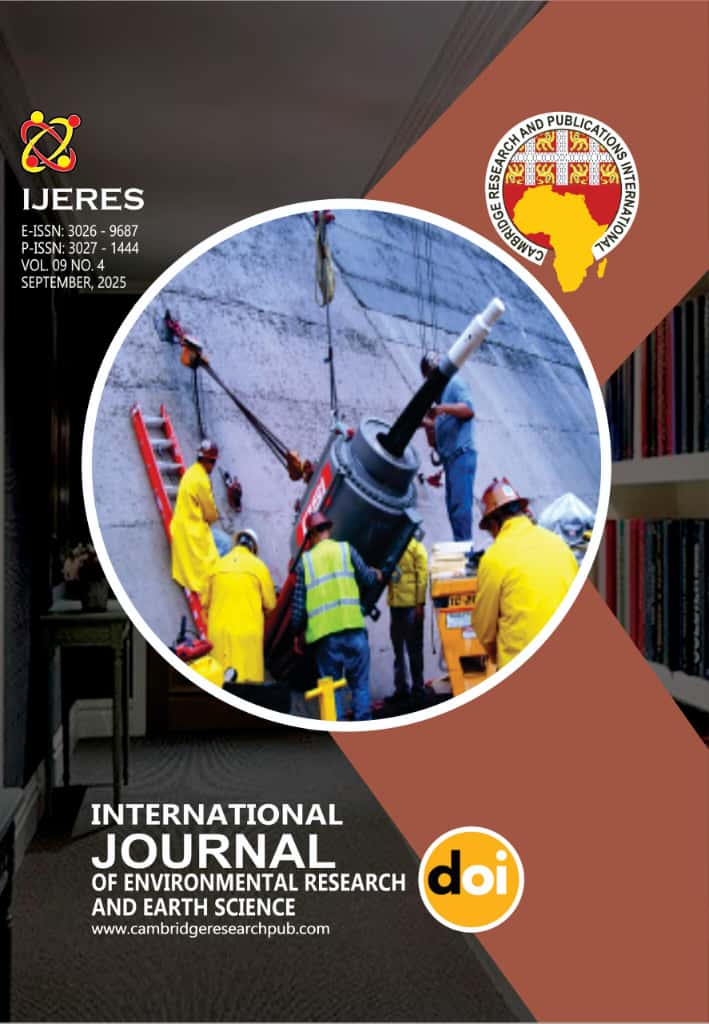PERFORMANCE OF INTERLOCKING PAVEMENT BLOCKS WITH WASTE PET AS A PARTIAL REPLACEMENT FOR COARSE AGGREGATE
Main Article Content
Abstract
The massive generation of non-biodegradable plastic waste, particularly Polyethylene Terephthalate (PET) from bottles, poses a significant environmental challenge. This research explores an innovative solution by utilizing waste PET flakes as a partial replacement for coarse aggregate in interlocking pavement blocks, promoting sustainable construction. Concrete mixes with a 1:3:4 (cement: fine aggregate: coarse aggregate) ratio were prepared, where coarse aggregate was replaced by PET at 0%, 5%, 10%, and 15% by volume. The resulting blocks were tested for workability, compressive strength, and water absorption in accordance with BS EN 1338:2003. The results indicated that the workability of the fresh concrete mix decreased significantly with the addition of PET. The compressive strength initially increased, with a 5% PET replacement achieving a strength of 17.2 N/mm², slightly higher than the control mix (16.9 N/mm²). At 10% replacement, the strength (16.8 N/mm²) remained comparable to the control, identifying it as the optimal dosage. However, a further increase to 15% led to a strength reduction to 14.9 N/mm². Notably, water absorption decreased consistently with higher PET content, reaching 1.8% for the 15% mix compared to 4.1% for the control. The study concludes that a 10% replacement of coarse aggregate with waste PET is optimal for producing interlocking blocks suitable for light-traffic applications, offering a viable method to reduce plastic waste while creating a lighter and more water-resistant paving material.
Downloads
Article Details
Issue
Section

This work is licensed under a Creative Commons Attribution 4.0 International License.




